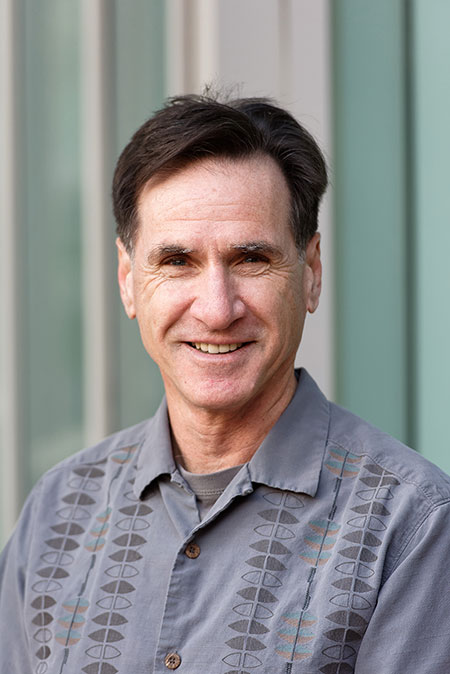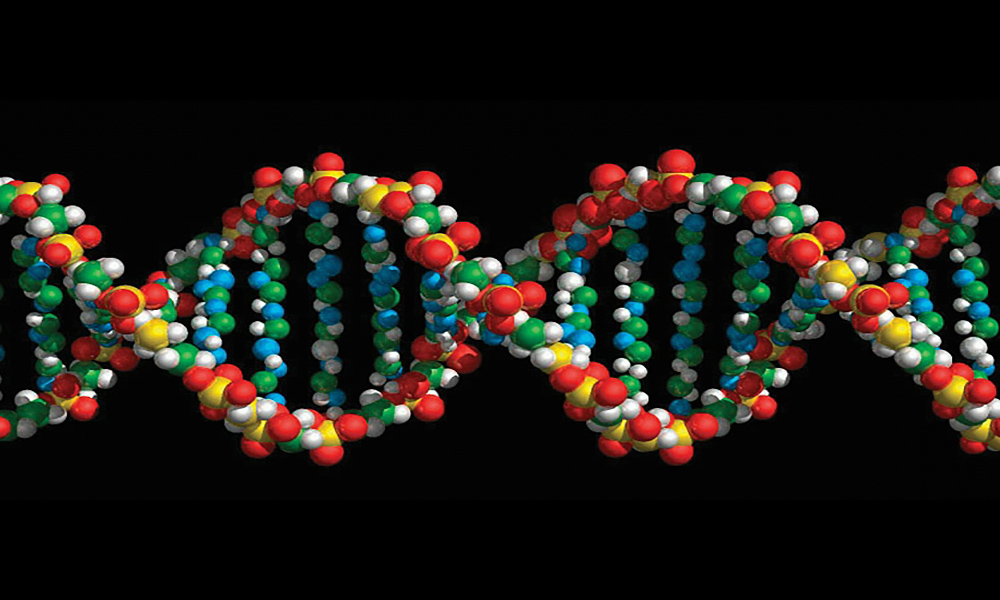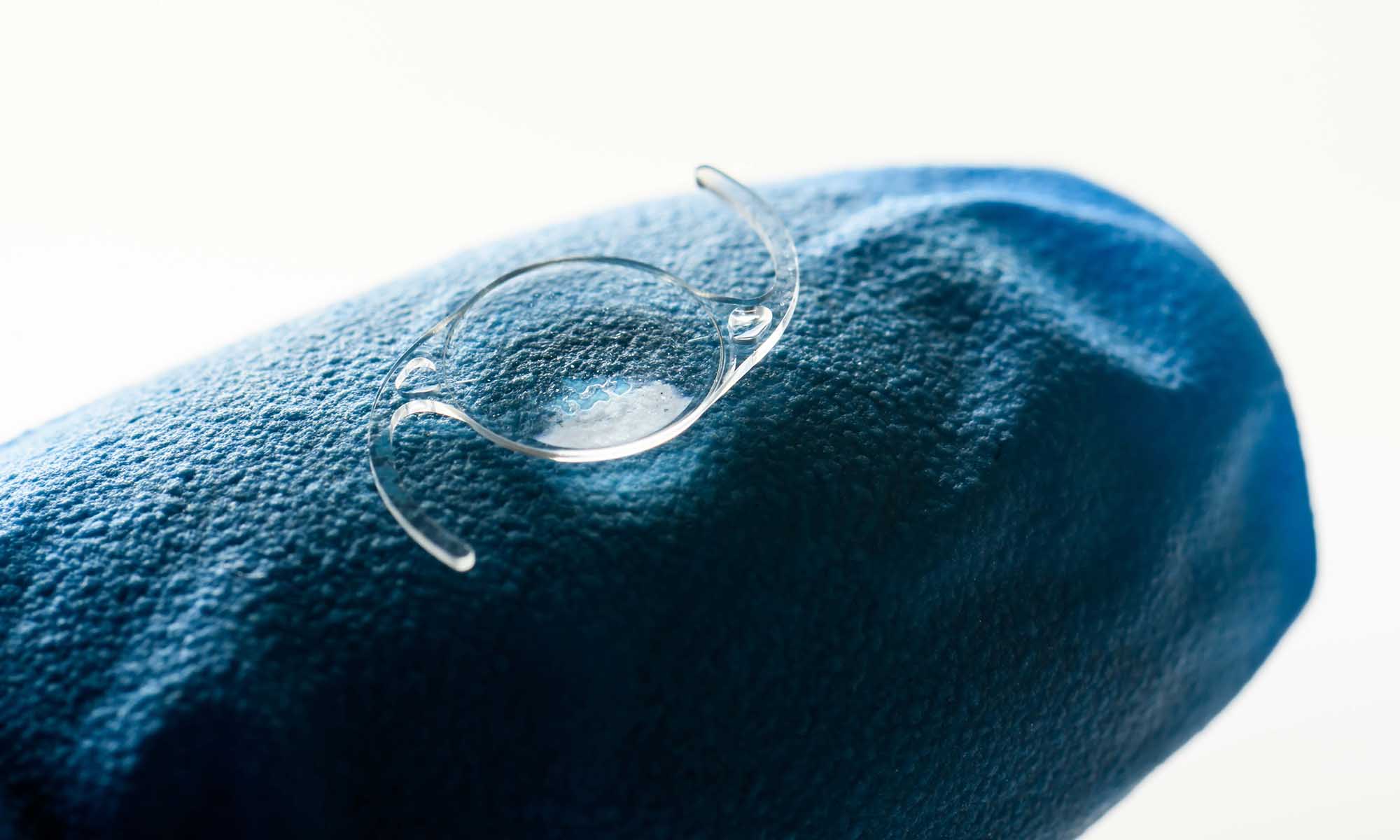
In a recent study, Rochester scientists made two important contributions to DNA damage research. First, though scientists could previously point to an association between DNA damage and aging, the Rochester group has demonstrated a causal relationship between reduced DNA damage and extended lifespan. Second, the researchers have identified a cellular factor—an enzyme called topoisomerase 2, or Top2, implicated in DNA damage—that can be targeted to reduce that damage. The findings are published in the journal Aging.
“This part of the puzzle has been missing from the DNA damage theory of aging,” says David Goldfarb, professor of biology. There are many examples of DNA damage being associated with aging, but never has a reduction in DNA damage been shown to extend lifespan. The study also shows how this information may have therapeutic potential.
Goldfarb’s lab exposed yeast—which ages much like humans—to a lifespan-shortening, drug-like molecule that acts on Top2 and helped the lab uncover Top2’s role.
Top2 introduces double strand breaks into DNA as part of its catalytic cycle. The breaks must then be resealed. “Every once in a while Top2 gets trapped on the DNA before it can seal the breaks,” Goldfarb says. “When that happens, at least in young cells, there are a number of back-up systems that recognize the breaks and repair them.”
However, a number of researchers have shown that DNA damage repair systems decline as cells age, causing the unrepaired DNA breaks created by Top2 to persist. The unrepaired double strand breaks cause aging, diseases like cancer, and, ultimately, death.
“Many investigators are trying to reverse aging by boosting the backup DNA repair systems in aging cells,” Goldfarb says. However, the new findings by his lab suggest that “a simpler therapeutic approach may be to administer drugs that reduce the activity of enzymes like Top2 that cause DNA damage in the first place.”
In the paper, his lab shows how a three- to five-fold reduction in Top2 activity in aging yeast cells resulted in a 20 to 30 percent increase in lifespan.
The lab would not have uncovered Top2’s role if it had not first discovered LSI, an unusual Top2 poison. Unlike other Top2 poisons, which are usually highly toxic, LS1 shortens lifespan without affecting the health of young cells. When introduced into yeast cells, LS1 prevents Top2 from repairing its DNA double strand breaks. That’s not a problem in young cells with healthy DNA repair systems, but deadly in older cells, Goldfarb says,
However, by transiently stopping Top2 from repairing its own breaks, LS1 enhances the potency of anti-cancer drugs that themselves target Top2 in human cancer cells.
For example, doxorubicin—a chemotherapy drug used for breast cancer, leukemia, and other cancers—causes cardiotoxicity when overused. “You can give patients only so much doxorubicin; there’s a lifetime dosage limit,” Goldfarb says. However, if the potency of doxorubicin were increased by also administering LS1, the same therapeutic affects might be achieved by using less of the drug—reducing the chance of side effects—and extending the utility of these frontline cancer drugs.
Gregory Tombline, a PhD researcher at Rochester, and postdoc Jonathan Millen are primary contributors to the study. John Nitiss, an expert on Top2 at the University of Illinois at Chicago’s College of Pharmacy also contributed. The Drug Discovery Division at Southern Research Institute in Birmingham Alabama performed the high throughput lifespan screen that identified LS1. The project was funded by grants from the National Institutes of Health and a contract to the university from Calorics Pharmaceuticals.




